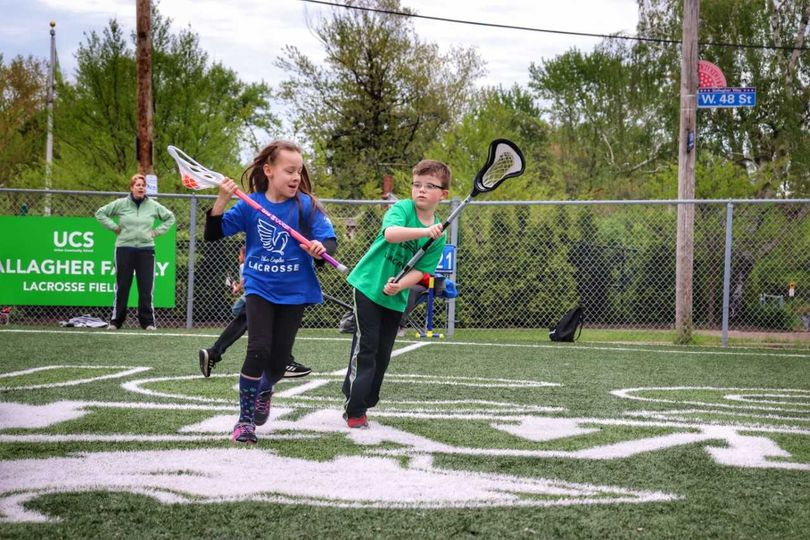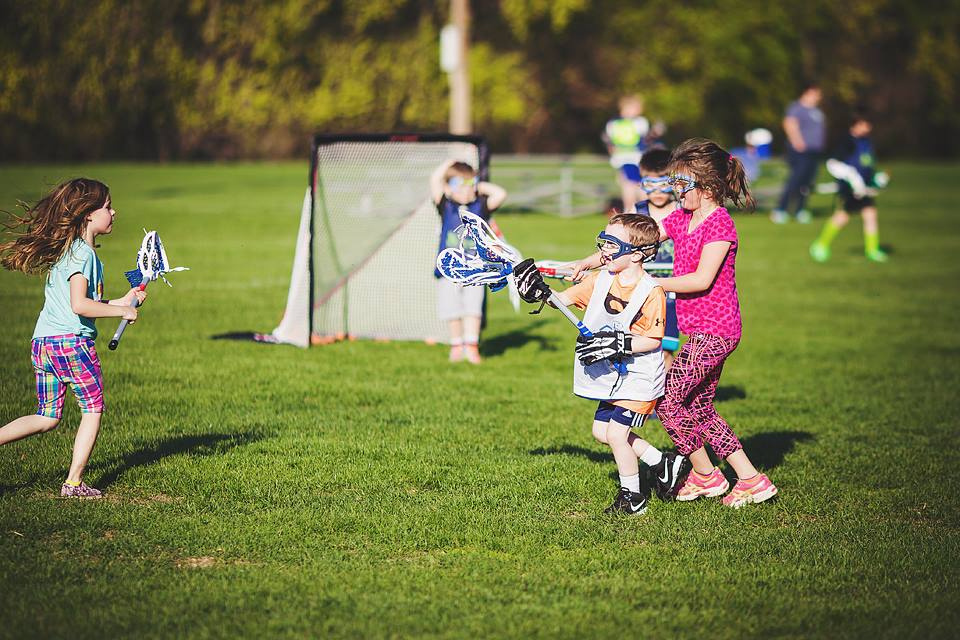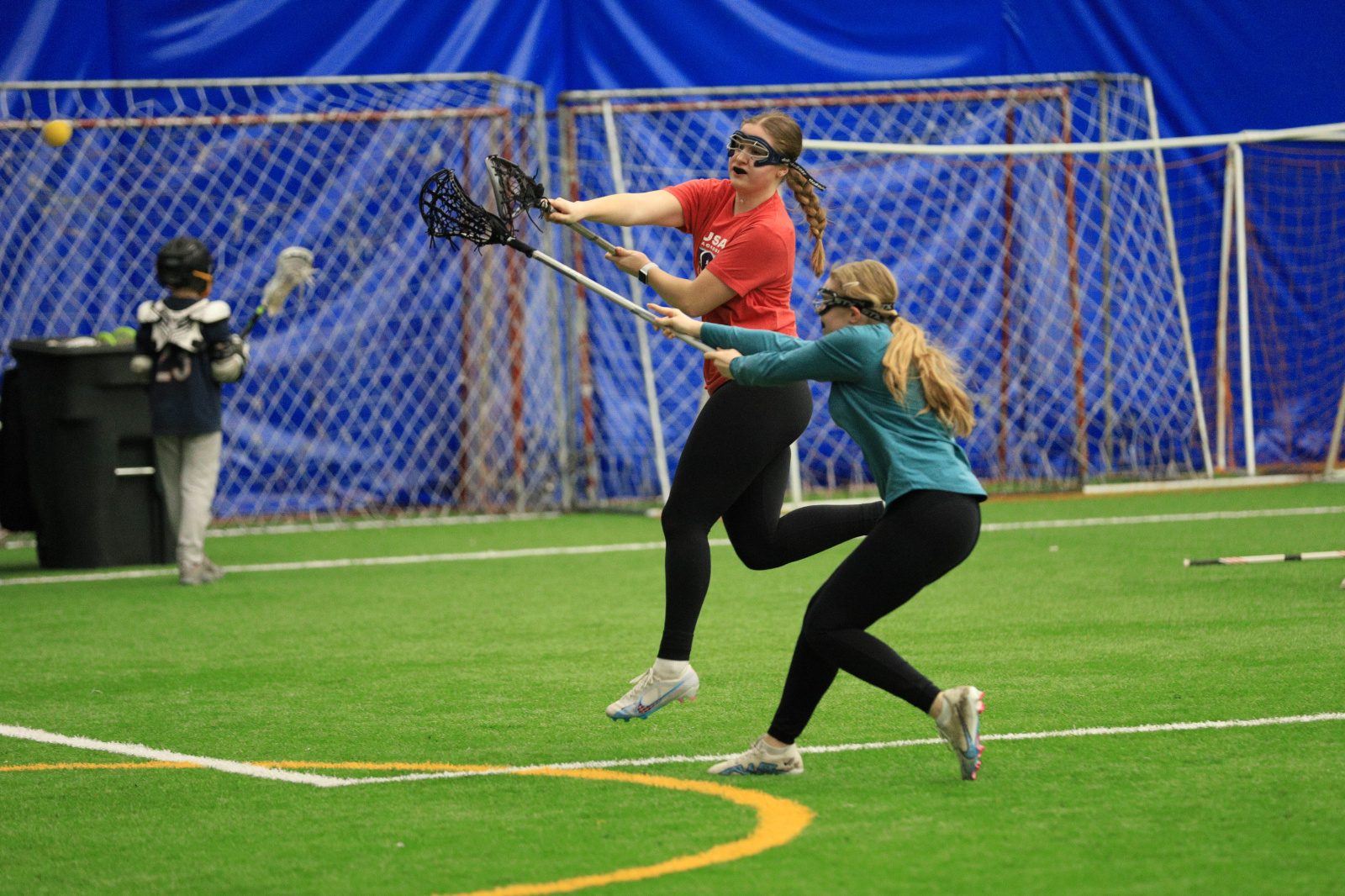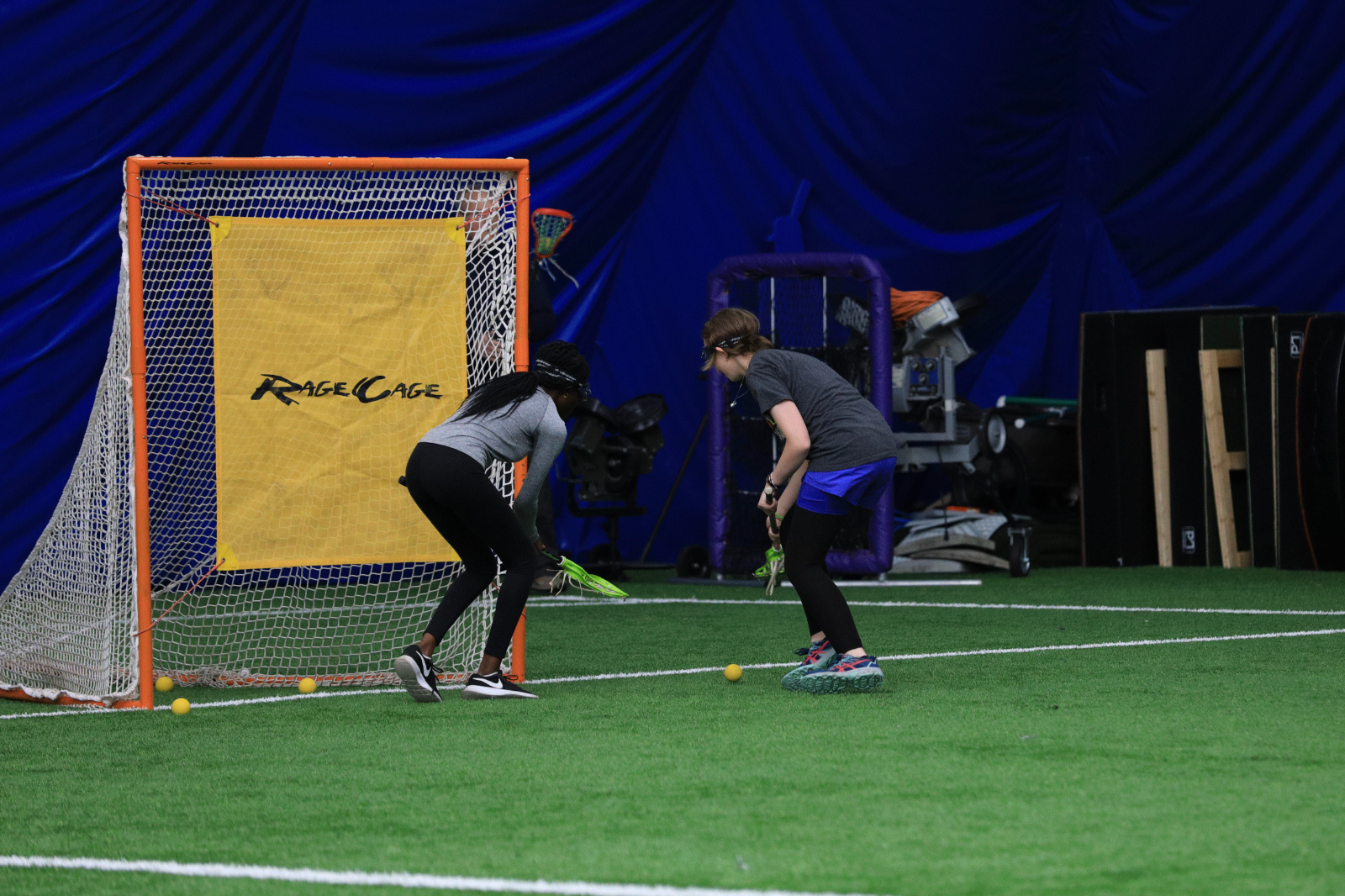Lacrosse has seen tremendous growth at the youth and high school levels across the United States over the last 25 years. Once primarily played in the Northeast, the sport has expanded into new regions, with more schools, club teams, and developmental programs introducing lacrosse to young athletes.
Rules and guides for lacrosse
Click here for a deatiled look into everything about the boys' and girls' game of lacrosse.
Equipment
For those new to lacrosse, figuring out the right equipment can be a bit tricky. It’s important to know that gear requirements differ between boys’ and girls’ lacrosse, as well as between field players and goalies. Additionally, box lacrosse has its own universal equipment standards.
Girls’ and women’s lacrosse requires minimal protective gear since it is a non-contact sport. Players typically need only a stick, mouthguard, and protective eyewear. Optional equipment includes headgear and close-fitting gloves. Goalies, however, must wear a helmet with a face mask, a separate throat protector, padded gloves, and a chest protector for added safety.
In boys’ field lacrosse, players need more protective gear due to the physical nature of the game. Required equipment includes a helmet, gloves, shoulder pads, arm pads, a mouthguard, and a protective cup, while rib pads are optional. Goalies must wear a helmet with a face mask, a separate throat protector, padded gloves, and a chest protector to ensure proper protection.
Click here for required Boys' equipment.
Click here for required Girls' equipment.
Equipment Recomendations
Origins of Lacrosse
Lacrosse is one of the oldest sports in North America, with a history that goes back hundreds of years. It was first played by Indigenous peoples, especially the Haudenosaunee (Iroquois), Algonquin, and other Native American tribes. They didn’t just play for fun—it was a sacred game with deep spiritual meaning. They called it the "Creator’s Game" or the "Medicine Game" because they believed it was a gift from the Creator, meant to heal people and bring communities together.
Today, the game has many different versions, including field lacrosse (played outdoors on a large field), box lacrosse (played indoors in a hockey rink with turf), and women’s lacrosse, which has different rules than the men’s game. There are professional leagues, college teams, and even international competitions where countries compete against each other.
Lacrosse has come a long way from its early days, but it still carries the same spirit of teamwork, competition, and respect that it had hundreds of years ago. As more people around the world discover and play lacrosse, its rich history continues to live on.
Growth of Youth and High School Lacrosse in the U.S. Over the Past 25 Years
Youth Lacrosse Expansion
- Increase in Participation: Since the early 2000s, the number of youth lacrosse players has skyrocketed. According to US Lacrosse (now USA Lacrosse), youth participation more than tripled from the early 2000s to the 2020s.
- Growth Beyond Traditional Regions: Lacrosse used to be concentrated in states like New York, Maryland, and Massachusetts. Today, it is growing rapidly in the South, Midwest, and West, with strong programs in states like Texas, California, Colorado, Georgia, and Florida.
- Rise of Club Lacrosse: Club programs and travel teams have played a major role in expanding the sport. Unlike school teams, these programs offer year-round training, exposure to college recruiters, and competition at a national level.
- More Local Leagues and Youth Initiatives: Organizations like USA Lacrosse have introduced initiatives to provide equipment and coaching resources to help new programs start in underserved communities.
High School Lacrosse Growth
- More Schools Offering Lacrosse: The number of high school lacrosse teams has dramatically increased. The National Federation of State High School Associations (NFHS) reports that boys' and girls' lacrosse have been among the fastest-growing high school sports over the last two decades.
- State Athletic Associations Adding Lacrosse: States that historically didn’t recognize lacrosse as an official high school sport have begun sanctioning it. For example, Florida, Georgia, and Texas have all seen lacrosse grow into a major high school sport.
- More College Recruiting Opportunities: The expansion of high school lacrosse has created more opportunities for players to compete at the NCAA, NAIA, and junior college levels. More schools are investing in their lacrosse programs, leading to better facilities and coaching.
- Increased Media and Exposure: National media coverage and online streaming services have made high school lacrosse more visible. Platforms like YouTube, Instagram, and TikTok have also played a role in spreading awareness and excitement about the sport.




























